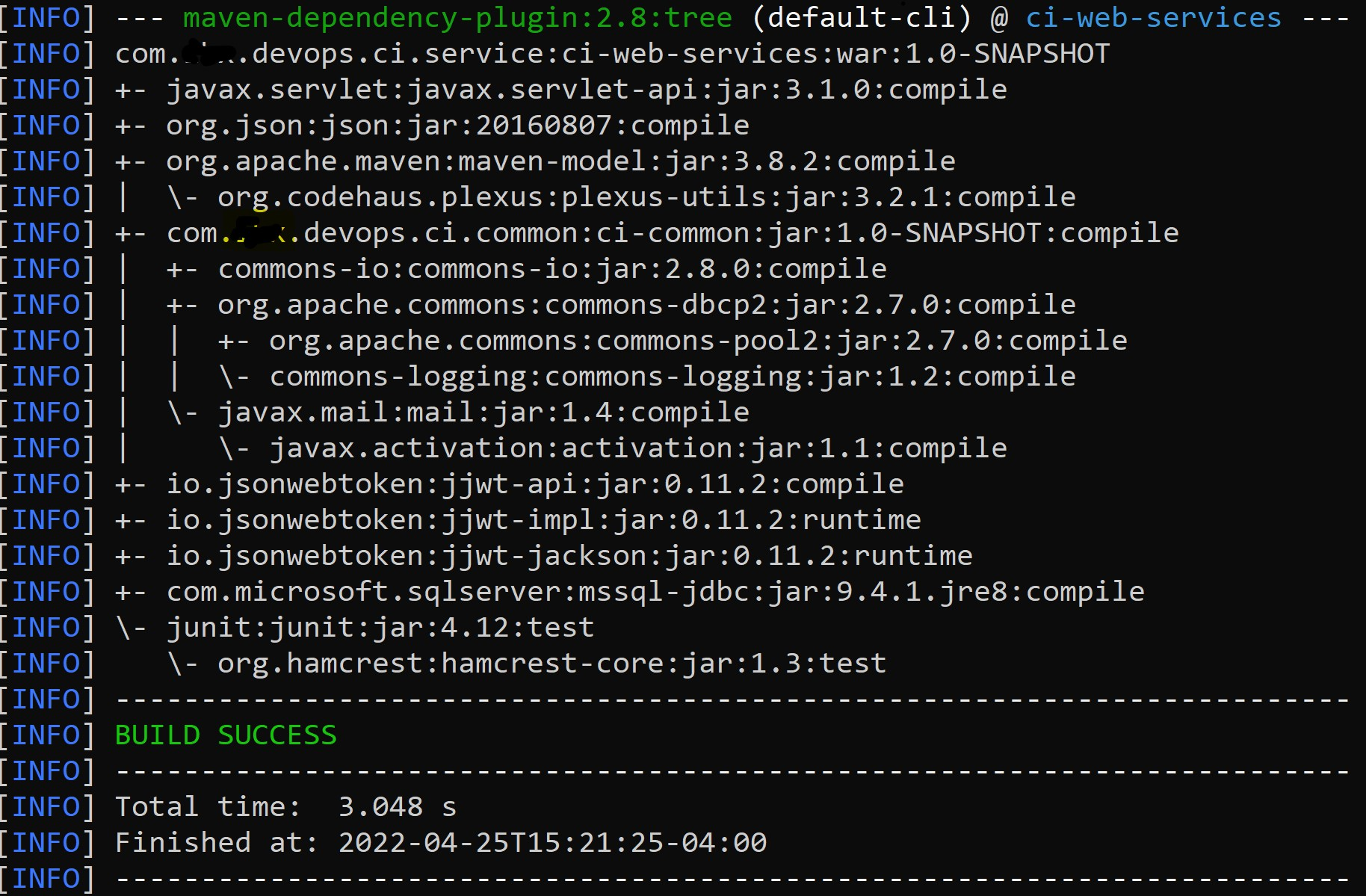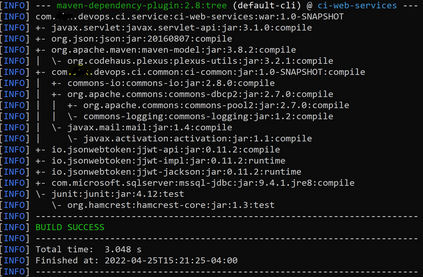The Open Source Software movement has been growing exponentially for a number of years with no signs of slowing. Driving this growth is the widespread availability of libraries and frameworks that provide many functionalities. Developers are saving time and money incorporating this functionality into their applications resulting in faster more feature-rich releases. Despite the growing success and the advantages that open source software provides, there is a dark side. Due to its community construction and largely unregulated distribution, the majority of open source software contains bugs, vulnerabilities and other issues making it highly susceptible to exploits. The lack of oversight, in general, hinders the quality of this software resulting in a trickle-down effect in the applications that use it. Additionally, developers who use open source tend to arbitrarily download the software into their build systems but rarely keep track of what they have downloaded resulting in an excessive amount of open source software in their applications and in their ecosystem. This paper discusses processes and practices that users of open source software can implement into their environments that can safely track and control the introduction and usage of open source software into their applications, and report on some preliminary results obtained in an industrial context. We conclude by discussing governance issues related to the disciplined use and reuse of open source and areas for further improvements.
翻译:多年来,开放源码软件运动呈指数增长趋势,没有减缓的迹象。推动这一增长的是图书馆和框架的广泛提供,能够提供许多功能。开发者正在节省时间和资金,将这一功能纳入应用程序,从而更快地释放更多特质。尽管开放源码软件日益成功和具有优势,但有一个暗面。由于社区建设和基本上不受监管的分布,开放源码软件的大多数含有错误、弱点和其他问题,使其极易被利用。总体而言,缺乏监督阻碍了这一软件的质量,导致在使用软件的应用中产生滴滴效应。此外,使用开放源码的开发者往往任意地将软件下载到其建设系统中,但很少跟踪他们所下载的软件在应用和生态系统中导致大量使用开放源码软件的情况。本文讨论了开放源码软件用户可以在其环境中实施的程序和做法,这些程序和做法可以安全地跟踪和控制在应用中引入和使用开放源码软件的情况,并报告了在工业背景下取得的一些初步改进结果。我们最后通过讨论与开放源域和开放源域的严格使用和再利用有关的治理问题,并报告了进一步加以改进的情况。





